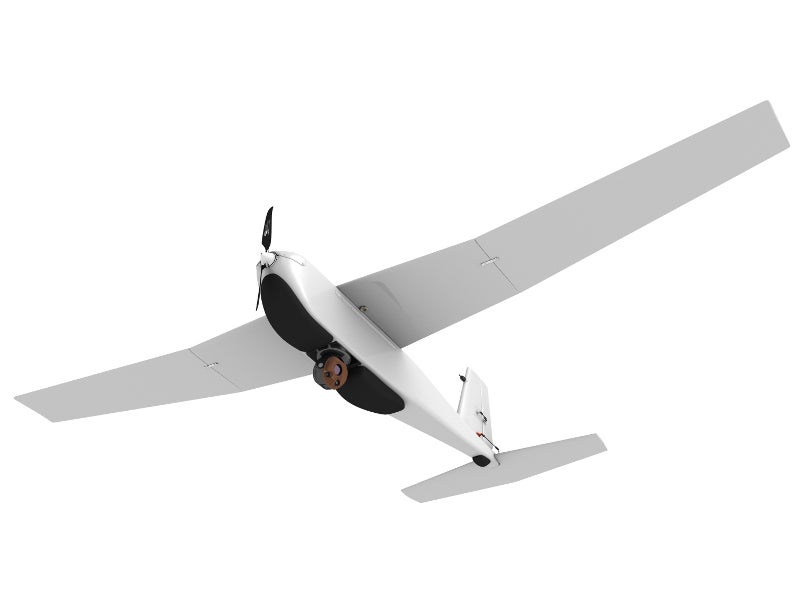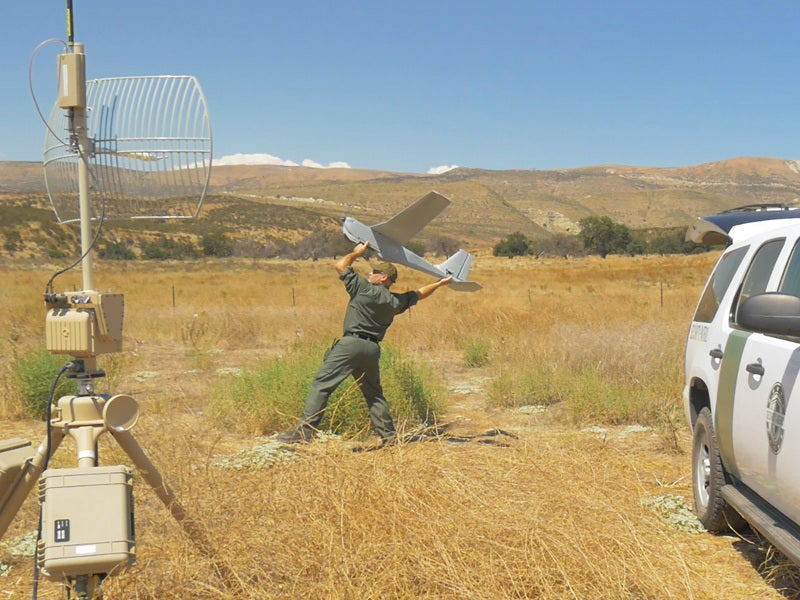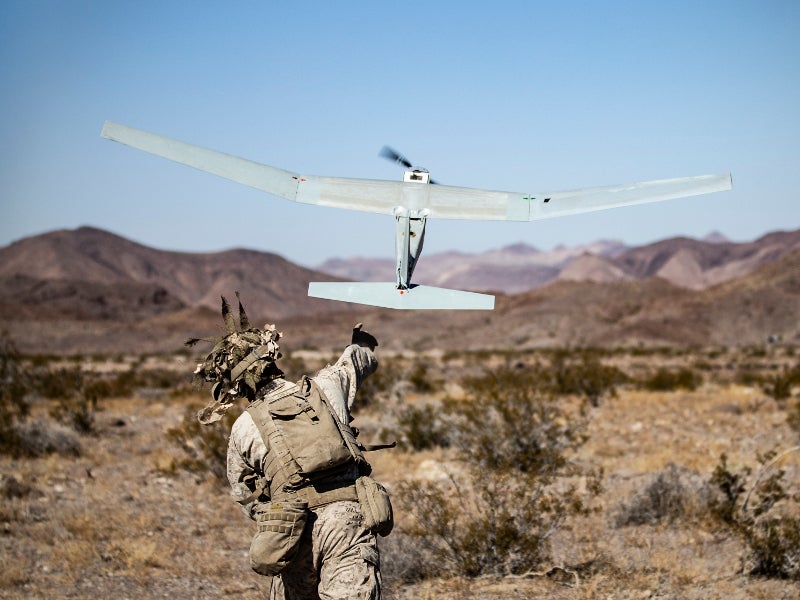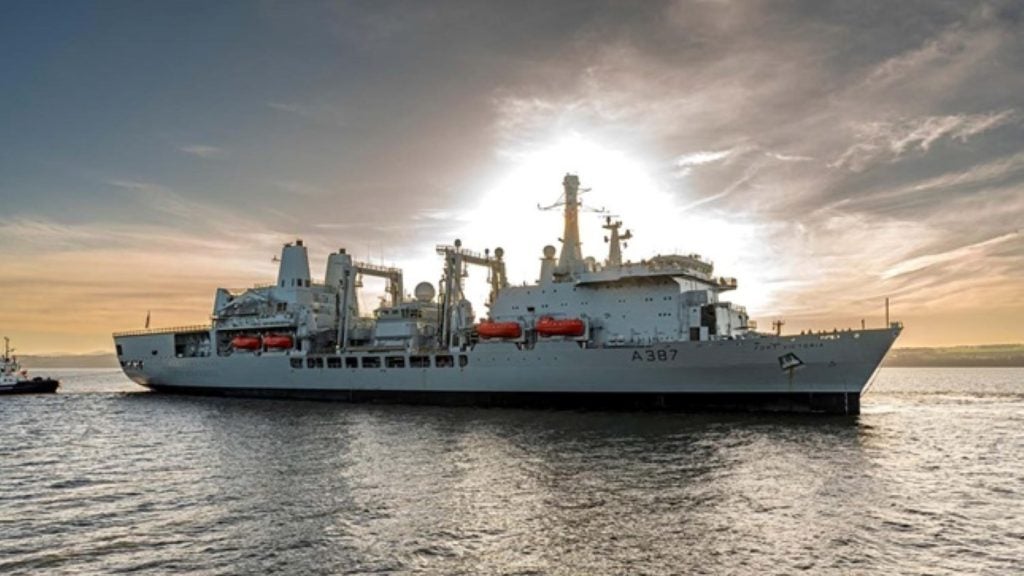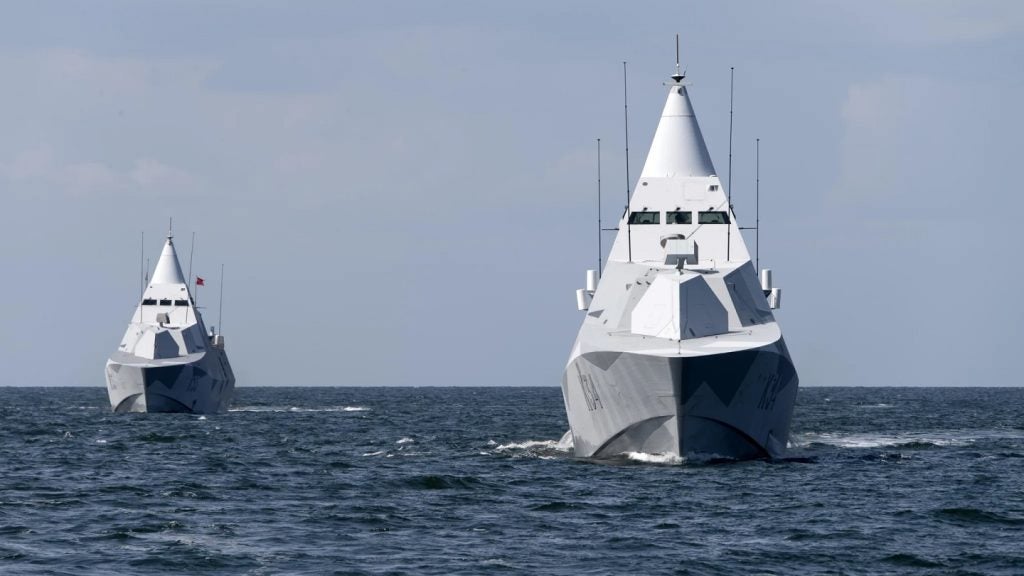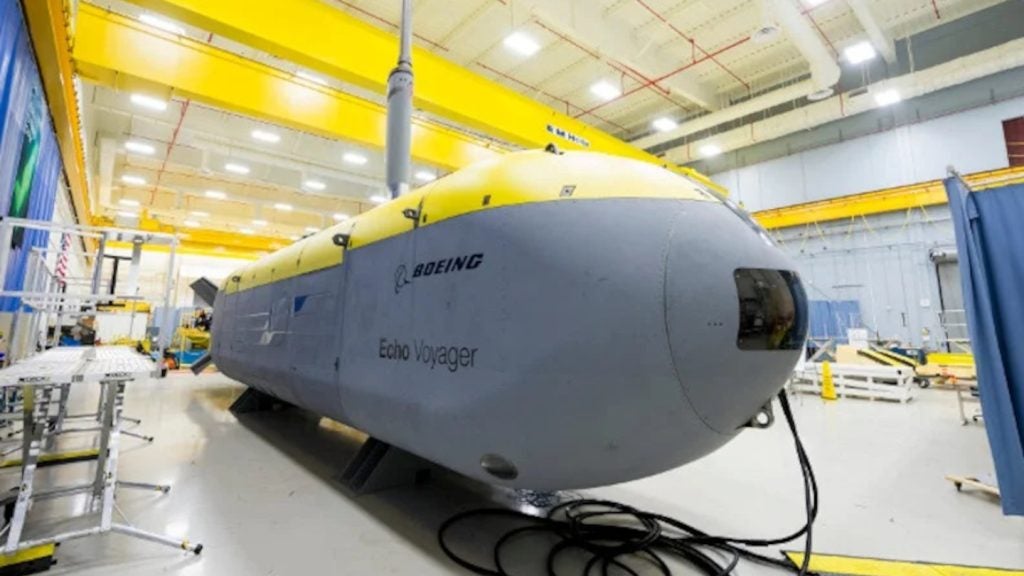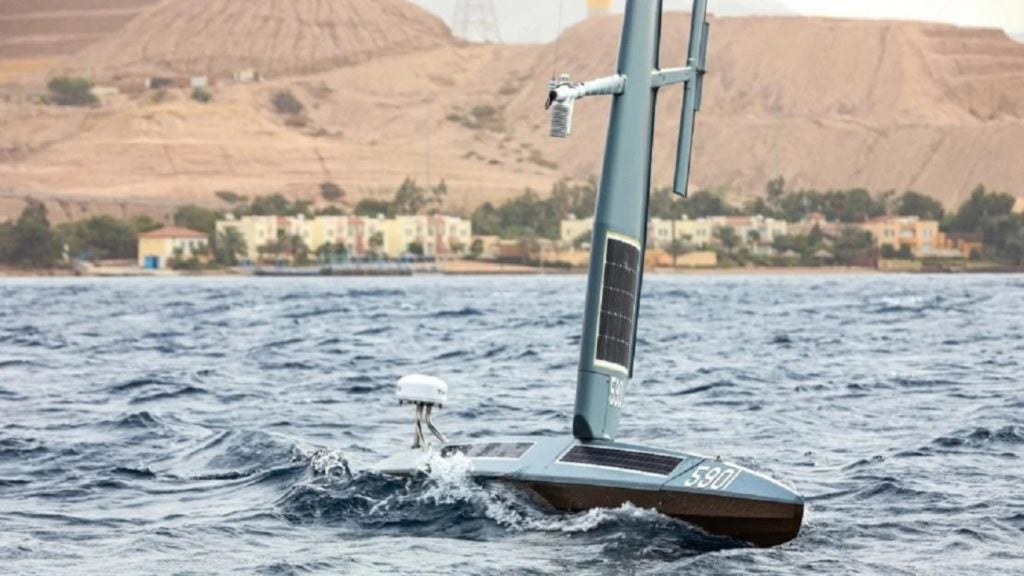Puma 3 AE (all-environment) is a third-generation tactical unmanned aircraft system (UAS) developed by AeroVironment for land and maritime operations.
The unmanned aircraft is designed for precise intelligence, surveillance, target acquisition and expeditionary reconnaissance (ISTAR), force protection, and overwatch over land and sea.
Orders and deliveries of AeroVironment’s Puma 3 AE
The US Border Patrol, a part of the US Customs and Border Protection (CBP), placed a $5.25m contract for Puma 3 AE UAS in October 2019.
AeroVironment was awarded a contract by the US Department of Defense in December 2019 to provide Puma 3 AE UAS to an allied nation under a foreign military sales (FMS) contract.
The company received a $10.67m contract for Puma 3 AE unmanned aircraft systems and spare parts under the US Navy and Marine Corps Small Tactical Unmanned Aircraft Systems (SUAS) programme in February 2020.
The Nato Support and Procurement Agency (NSPA) placed two orders worth $9.8m for Puma 3 AE and Raven unmanned aircraft in March and April 2020. The orders are part of a three-year base contract signed in January 2020.
Puma 3 AE UAS design and features
The unmanned aircraft system comprises a tactical aircraft, payloads and ground segment. The fully man-portable system fits in a single case, reducing the logistics footprint.
The unmanned aircraft features reinforced airframe with additional aerodynamic rounded edges to deliver an efficient flight operation while reducing wind drag. The main wings are mounted above the fuselage, while the tail assembly features inverted T-tail configuration. The UAS weighs 6.8kg and has a length of 1.4m and a wingspan of 2.8m.
The unmanned aerial vehicle can be thrown by hand or optionally launched using rail launcher. It can be recovered either automatically or using manual deep-stall landing method in land and marine environments.
The hand-launch capability of the aircraft enables safe operation in confined environments, while deep-stall landing capability provides easy recovery of the aircraft while keeping the warfighter out of harm’s way.
Payloads
Puma 3 AE carries Mantis i45 EO/IR sensor suite beneath the fuselage, which combines multiple all-environment imaging sensors such as 50x Dual 15 megapixel electro-optical (EO/IR) camera, 1.2MP low-light camera and 640x512p thermal infrared (IR) imaging system to provide high-resolution imagery during day and night in extreme environments.
The gimbal payload is also integrated with an 860nm laser illuminator to offer superior illumination. It offers continuous 360° pan and 30° to -90° tilt.
An optional transit bay can be installed under the wings for the integration of additional mission-specific payloads based on the customer requirements.
Command and control of Puma 3 AE UAS
The drone can be operated in autonomous and manual modes. In the autonomous mode of operation, the unmanned aircraft uses a global positioning system (GPS) for precise navigation.
Operators can manually navigate the aircraft, using AeroVironment’s common ground control system (GCS), which comprises a Panasonic Toughbook CF-33 laptop with a larger screen and removable keyboard.
The GCS is commonly used by all tactical UAS developed by AeroVironment to provide improved interoperability while reducing training and logistics costs for Nato forces.
The unmanned aircraft uses an enhanced digital data link to transmit real-time imagery with AES-256 bit encryption to the GCS.
The standard antenna enables command and control of the UAS up to 20km, which can be extended to 60km when using AeroVironment’s long-range tracking antenna (LRTA).
Puma 3 AE UAS performance
The tactical unmanned aircraft is installed with an enhanced propulsion system, integrating a two-blade propeller mounted in tractor configuration. On-board batteries provide 150-minute flight endurance.
The aircraft is capable of flying at speeds up to 45k. It can reach altitudes up to 152m above the ground level.
The UAS can perform missions even in extreme weather conditions.

